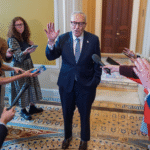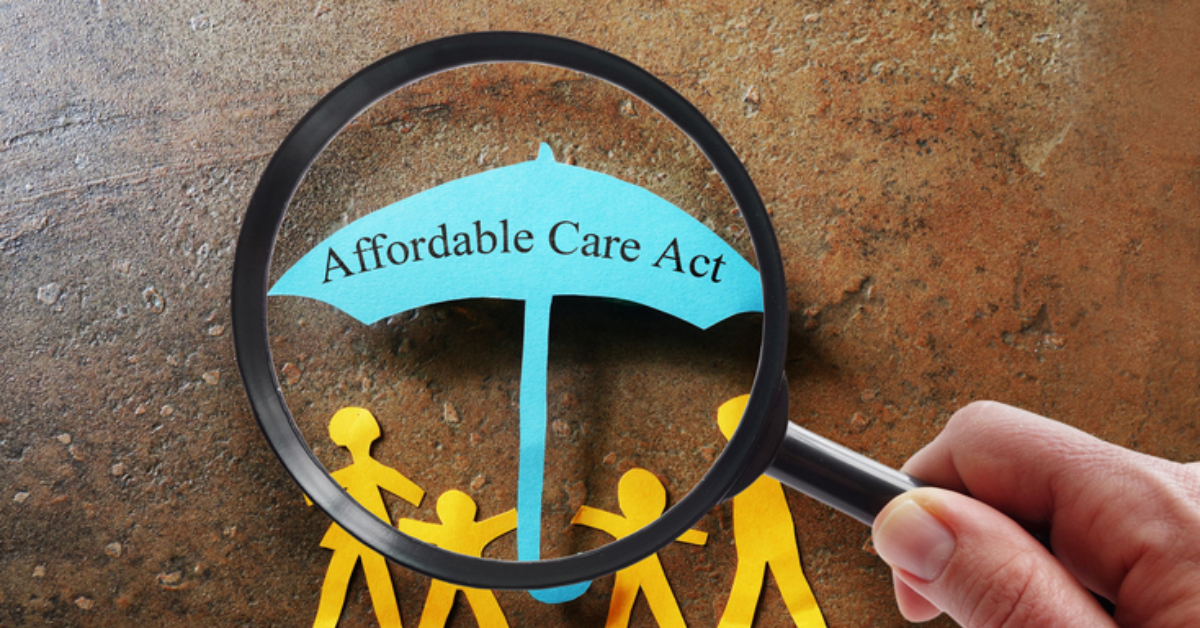Utah has become one of the leading states in Affordable Care Act (ACA) enrollment, ranking as the 4th highest in the country. More people are signing up for health insurance through the ACA marketplace, highlighting the growing awareness and need for healthcare coverage. This trend shows how important accessible health insurance has become for many residents.
However, this positive growth comes with a challenge. Utah faces significant increases in insurance premiums for ACA plans in the upcoming year. These premium hikes could make healthcare less affordable for the very people who rely on these plans. Understanding why this is happening and what it means for Utahns is important for anyone following healthcare news.
Why Utah Has High ACA Enrollment
Utah’s high ACA enrollment numbers reflect several factors. First, the state has expanded Medicaid eligibility, which helps more low and moderate-income families qualify for health coverage. In addition, many employers in Utah do not offer affordable health insurance, pushing residents to look at the marketplace for options. According to the Kaiser Family Foundation, more than 250,000 people in Utah were enrolled in ACA plans during the recent enrollment period.
The availability of financial help, such as premium tax credits, also encourages people to sign up. These subsidies reduce the overall cost of insurance, making plans more attractive. Still, the rising costs question how long this affordability can last if premiums keep increasing year after year.
What’s Causing the Premium Increases in Utah?
Insurance premiums in Utah are expected to rise by an average of 10% to 15% in 2024. Several factors contribute to this increase. The main reason is rising healthcare costs, especially hospital and drug prices. Healthcare providers are charging more, and insurers pass these costs onto consumers.
Another factor is changes in federal policies affecting the ACA. Reduced funding for cost-sharing reduction payments means insurers may raise prices to cover losses. Additionally, Utah’s insurers are adjusting their rates based on claims data showing higher-than-expected medical claims. The Salt Lake Tribune reports that this combination of healthcare inflation and policy shifts is driving premium hikes.
Impact on Utah Residents
The premium increases could have serious consequences for many Utah residents. For those who already struggle with health insurance costs, a 10-15% rise might mean premiums become unaffordable, potentially forcing people to drop coverage. Younger and healthier individuals might skip enrollment, which can impact the overall risk pool and cause premiums to rise even further.
Some experts warn that the premium hikes could discourage new enrollments despite Utah’s strong ACA presence. The Wall Street Journal notes that this is a critical time for state officials and insurers to look for ways to control costs and maintain affordable options for consumers.
What Can Be Done to Manage Premium Hikes?
Addressing the premium increases will require a mix of policy solutions and state efforts. Expanding Medicaid further could reduce the number of uninsured and lower market premiums. State officials may also explore public options or negotiate better rates with healthcare providers.
Improving healthcare cost transparency and encouraging competition among insurers might help reduce price growth. Additionally, more federal funding or reinstatement of previous ACA support measures could stabilize premiums. Utah residents can stay informed through trusted sources such as the Kaiser Family Foundation and local news to understand how changes will affect their coverage.
Looking Ahead: The Future of Health Coverage in Utah
Utah’s position as a leader in ACA enrollment shows the importance of the marketplace for many Americans. Yet, rising premium costs pose a threat to the progress made in health coverage access. Careful planning by policymakers, insurers, and consumers will be needed to ensure health insurance remains affordable and accessible in years to come.
Young people and families in Utah and across the country should keep a close eye on these developments. Understanding enrollment deadlines, subsidy options, and how premium changes might affect their plans will help them make the best health insurance choices for themselves.













